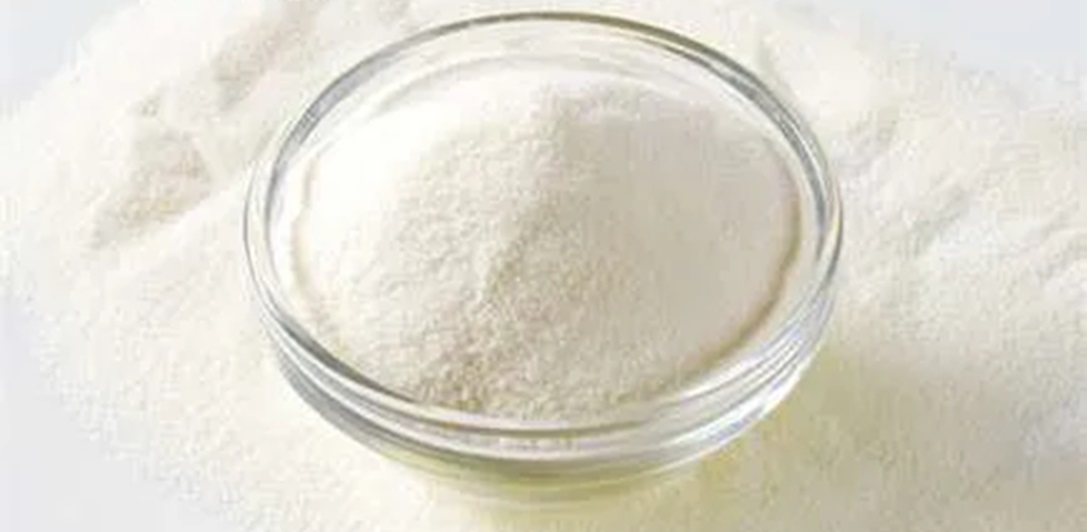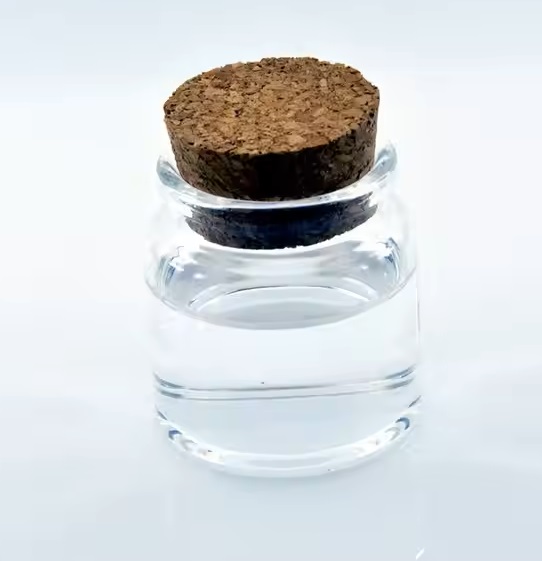We unleash your business potential by maximize the business innovation.
Send EmailLevulinic Acid, Oxopentanoic Acid, Acetylpropionic Acid, Acetopropionic Acid, Ketovaleric Acid, Oxovaleric Acid, Acetopropionic Acid, Laevulinic Acid, NSC 3716, 123-76-2
Levulinic acid (4-oxopentanoic acid) is an organic keto acid with the formula C₅H₈O₃. It is a white crystalline solid that is soluble in water and polar organic solvents. Levulinic acid is primarily derived from cellulose degradation and is considered a potential precursor to biofuels, such as ethyl levulinate.
Key Properties
-
Chemical Formula: C₅H₈O₃
-
CAS Number: 123-76-2
-
Molar Mass: 116.11 g/mol
-
Density: 1.1447 g/cm³
-
Melting Point: 33–35°C
-
Boiling Point: 245–246°C
-
Solubility: Highly soluble in water (675 g/L at 20°C)
Applications
-
Biofuels: Used in the production of ethyl levulinate, a promising biofuel additive.
-
Pharmaceuticals: Serves as a precursor for aminolevulinic acid, a biodegradable herbicide.
-
Cosmetics: Functions as a skin-conditioning agent and preservative.
-
Plasticizers & Additives: Applied in polymer formulations to enhance flexibility.
-
Food Industry: Investigated for its preservative properties.
Levulinic acid is typically synthesized from hexoses (glucose, fructose) or starch using dilute hydrochloric or sulfuric acid
Levulinic acid is known by several alternative names, including:
-
4-Oxopentanoic acid (IUPAC name)
-
β-Acetylpropionic acid
-
3-Acetopropionic acid
-
γ-Ketovaleric acid
-
4-Oxovaleric acid
-
Acetopropionic acid
-
Pentanoic acid, 4-oxo-
-
Valeric acid, 4-oxo-
-
Laevulinic acid
-
NSC 3716
-
The CAS number for levulinic acid is 123-76-2
Production of Levulinic Acid
Levulinic acid is primarily produced through acid hydrolysis of biomass, particularly lignocellulosic materials. The process involves breaking down six-carbon carbohydrates (such as glucose and fructose) using homogeneous acid catalysis (hydrochloric or sulfuric acid). This method achieves an average yield of 70% compared to theoretical values.
Alternative Production Methods
Researchers are exploring alternative production routes to improve efficiency and sustainability:
-
Heterogeneous Catalysis: Uses solid catalysts to facilitate reaction and reduce separation costs.
-
Ionic Liquids: Exploits high solvency and catalytic capacity for better conversion rates.
-
Biomass Alternatives: Agricultural residues and animal biomass are being considered to diversify feedstocks and reduce costs.
Alternatives to Levulinic Acid
Levulinic acid serves as a platform molecule, but several alternatives exist depending on the application:
-
Itaconic Acid – Used in biodegradable polymers and adhesives.
-
Furfural – A precursor for bio-based solvents and resins.
-
Succinic Acid – Applied in bioplastics and pharmaceuticals.
-
Adipic Acid – A key component in nylon production.
-
γ-Valerolactone (GVL) – A promising biofuel additive

